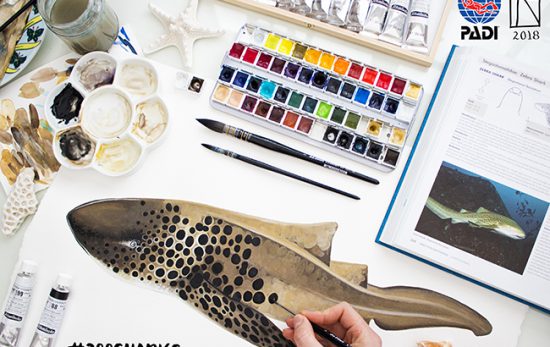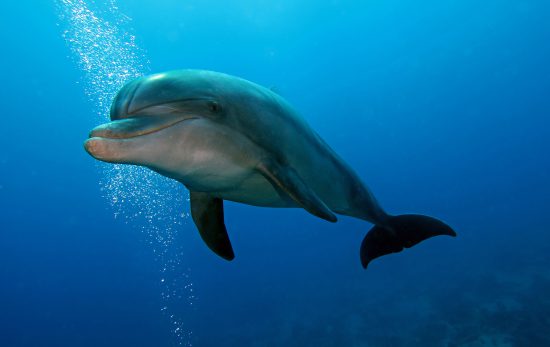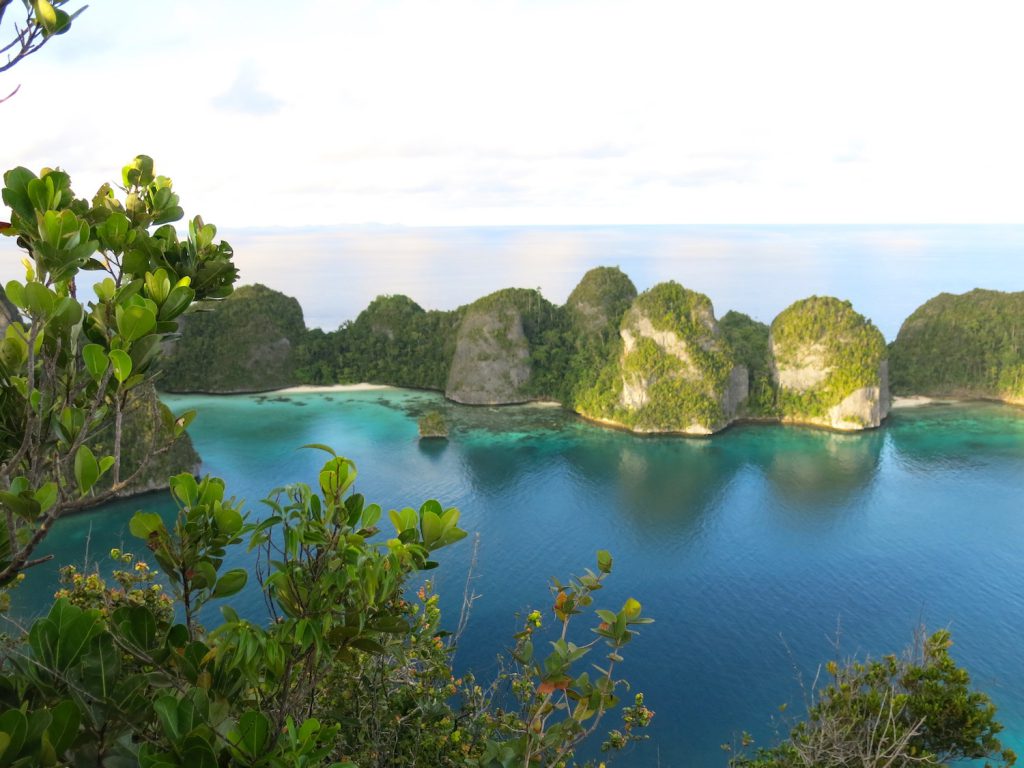
For a glimpse of what diving was like long before plastic, pollution and waste were concerns, many divers look to the waters of Raja Ampat.
“You can empty your bucket list around there, from pigmy seahorses to whale sharks and from mangroves to vibrant and colorful coral reefs,” says PADI AmbassaDiver Edgardo Ochoa.
But that doesn’t mean the area hasn’t been affected by poaching, commercial and dynamite fishing. To repair the damage done by these practices, organizations like Conservation International have stepped in to help.
In 2007, a group of conservationist organizations, the Indonesian government and the local communities surrounding the Bird’s Head Seascape, a remote area of Indonesia, began working together on sustaining the marine resources.
“We are looking to set up specified targets and goals to positively influence local, regional and national policies,” Ochoa says. “As a result, there has been an increase in the biomass of fish and the return of key species like sharks and mantas among others.”
In order to monitor the safety of areas like the Bird’s Head Seascape, home to more species of fish than the entire Great Barrier Reef and more species of coral than the Caribbean Sea, teams like Conservation International work with the local communities to gather scientific data. And it’s that relationship that Ochoa credits to their success.
“In our experience, many communities trust data more if they are directly involved in the gathering process and may be more likely to make management decisions on the establishment of conservation programs,” Ochoa says.
With their findings, 12 Marine Protected Areas (MPAs) have been implemented throughout the Bird’s Head Seascape as well as Cenderawasih Bay National Park and the Kaimana Region. To date, illegal poaching is down by 90%. In addition to the introduction of multiple MPAs, Ochoa and the Conservation International team created Kalabia, a floating environmental program that teaches children the importance of conservation.
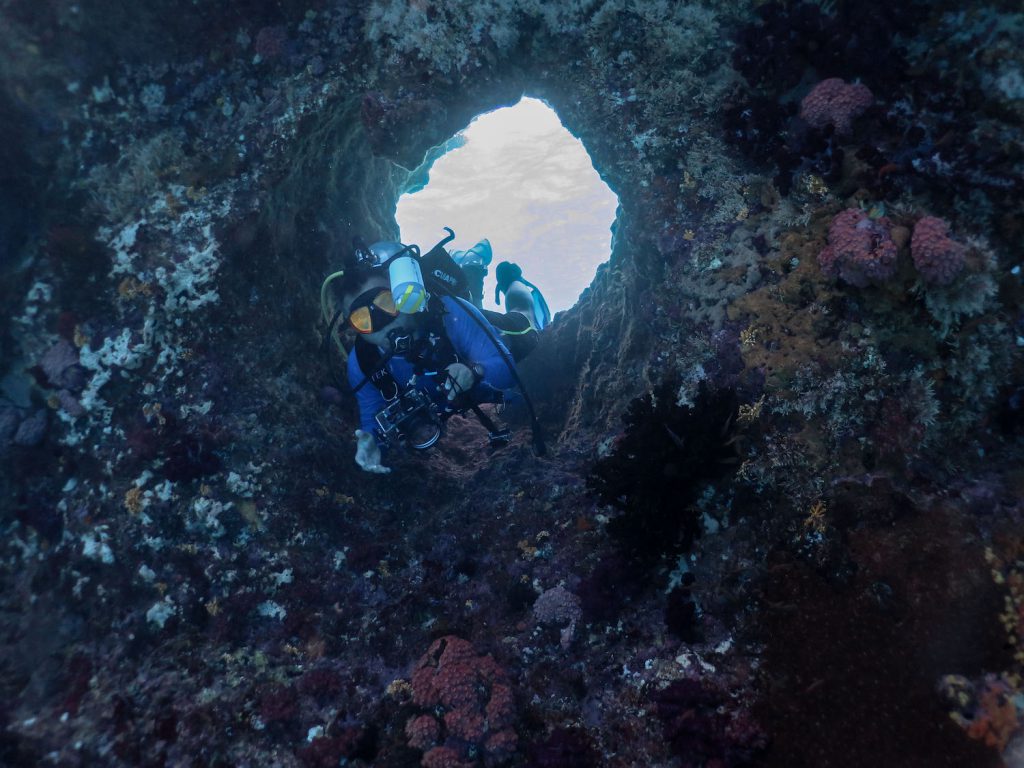
But no matter what project the teams have lined up, each initiative comes with its own set of challenges.
“Creating a marine protected area is a titanic project. Typically, it involves a coalition of governments, civil society, academic institutions, environmental organizations and corporations,” Ochoa says. “It also needs intensive work at multiple levels like legal framework, governance, conservation, development, support, long-term sustainability and local well-being benefits.”
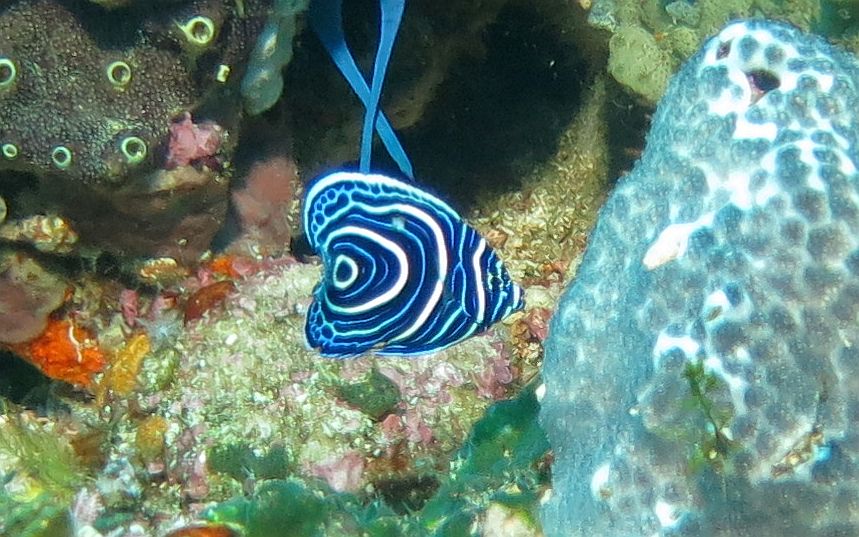
With any red tape they encounter, Ochoa and the team at Conservation International place a high value in the aid they’ve received from the local community.
“I strongly believe in the involvement of local communities in every aspect of the proposal,” Ochoa says. “It is not only the environmental factors but also the very important social and cultural ties that the area may have with the community that helps these projects find success.”
A strong local community and a passion for conservation prove that it’s not too late to turn back the clock on protecting our seas.
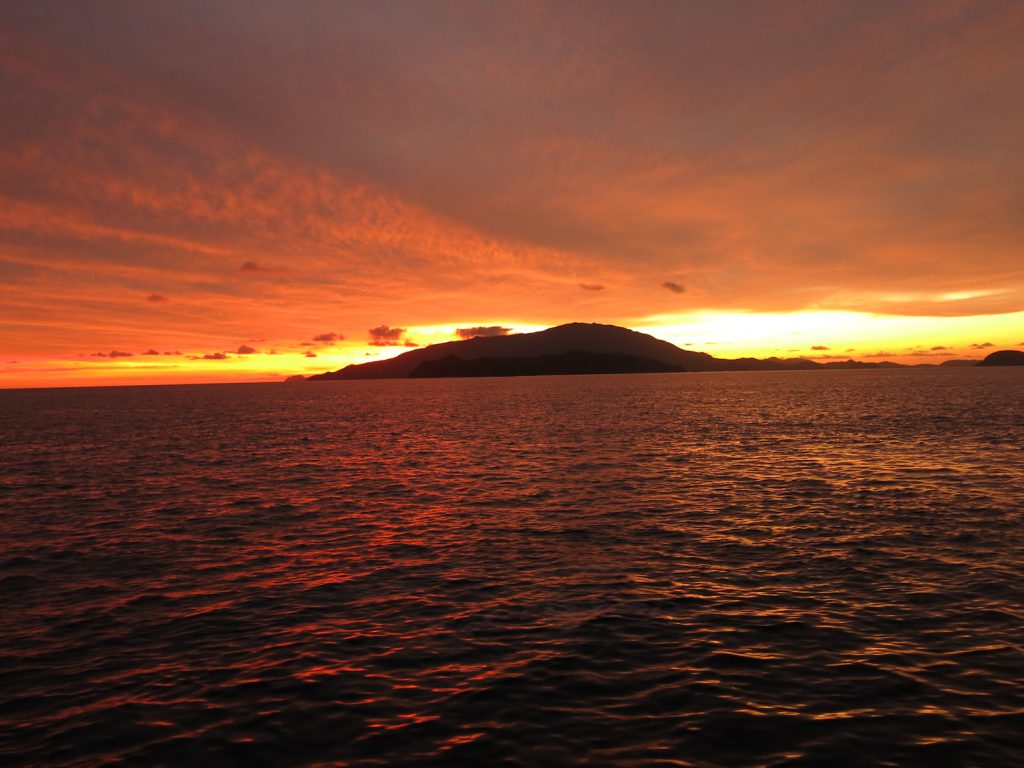
Learn more about how you as a diver can be a force for good to protect the health of our ocean planet.
